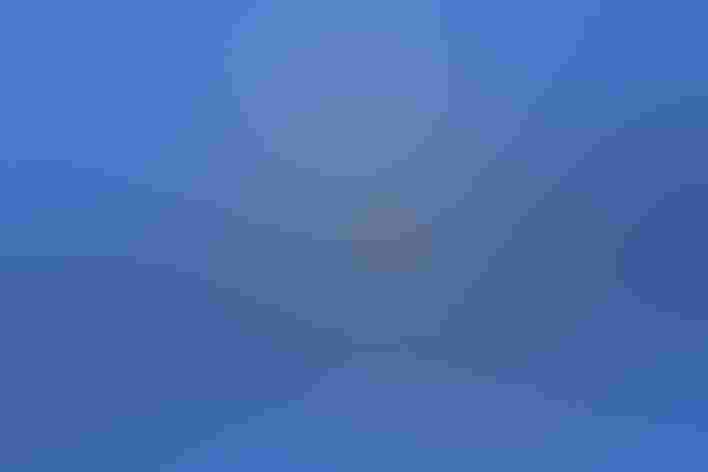Bank Swallow
At a Glance
The smallest of our swallows, the Bank Swallow is usually seen in flocks, flying low over ponds and rivers with quick, fluttery wingbeats. It nests in dense colonies, in holes in dirt or sand banks. Some of these colonies are quite large, and a tall cut bank may be pockmarked with several hundred holes. Despite their small size, tiny bills, and small feet, these swallows generally dig their own nesting burrows, sometimes up to five feet long.
All bird guide text and rangemaps adapted from Lives of North American Birds by Kenn Kaufman© 1996, used by permission of Houghton Mifflin Harcourt Publishing Company. All rights reserved.
Category
Swallow-like Birds, Swallows
IUCN Status
Least Concern
Habitat
Coasts and Shorelines, Fields, Meadows, and Grasslands, Freshwater Wetlands, Lakes, Ponds, and Rivers
Region
Alaska and The North, California, Eastern Canada, Florida, Great Lakes, Mid Atlantic, New England, Northwest, Plains, Rocky Mountains, Southeast, Southwest, Texas, Western Canada
Behavior
Direct Flight, Rapid Wingbeats, Swooping
Population
29.000.000
Range & Identification
Migration & Range Maps
Migrates north relatively late in spring compared to other swallows. A long-distance migrant, wintering in lowlands of South America. In late summer, may gather in huge flocks before southward migration.
Description
4 3/4" (12 cm). Brown above, white below, with white throat and sharply defined dark chest band. (Compare to juvenile Tree Swallow.) Smaller than Northern Rough-winged Swallow, with faster wingbeats.
Size
About the size of a Sparrow
Color
Brown, Gray, White
Wing Shape
Long, Narrow, Pointed, Tapered
Tail Shape
Notched, Square-tipped
Songs and Calls
Sharp, unmusical pret or trit-trit.
Call Pattern
Flat
Call Type
Buzz, Rattle
Habitat
Near water; fields, marshes, streams, lakes. Typically seen feeding in flight over (or near) water at all seasons, even in migration. Nests in colonies in vertical banks of dirt or sand, usually along rivers or ponds, seldom away from water.
Sign up for Audubon's newsletter to learn more about birds like the Bank Swallow
Behavior
Eggs
4-5, sometimes 3-7. White. Incubation is by both parents, 14-16 days.
Young
Both parents feed nestlings. Young leave nest about 18-24 days after hatching.
Feeding Behavior
Feeds almost entirely in flight. Often forages in flocks, and typically flies rather low, doing much feeding over water. Rarely feeds on ground, mainly in severe weather.
Diet
Insects. Feeds on a wide variety of flying insects. Eats many flies (including house flies and crane flies), beetles, wasps, winged ants, small bees, and true bugs, plus some dragonflies, stoneflies, moths, caterpillars, and others.
Nesting
Almost always nests in colonies in vertical banks of sand or dirt; may be along riverbanks, lake shores, road cuts, gravel pits, or similar sites. Often dense colonies, with entrances to holes no more than a foot apart. All the pairs in a colony may be synchronized in timing of their nesting activities. Nest site is in burrow excavated in steep bank. Both sexes help dig burrow, beginning by clinging to bank and digging with bill, later crawling inside burrow and kicking out dirt with feet. Burrows usually 2-3' long, sometimes 1-5' long. Nest at end of horizontal burrow is made of grass, weeds, rootlets, with a lining of feathers added after eggs are laid.
Conservation
Conservation Status
Local populations vary with availability of good colony sites. Loss of such sites may be contributing to long-term declines in overall numbers.
Climate Threats Facing the Bank Swallow
Choose a temperature scenario below to see which threats will affect this species as warming increases. The same climate change-driven threats that put birds at risk will affect other wildlife and people, too.






